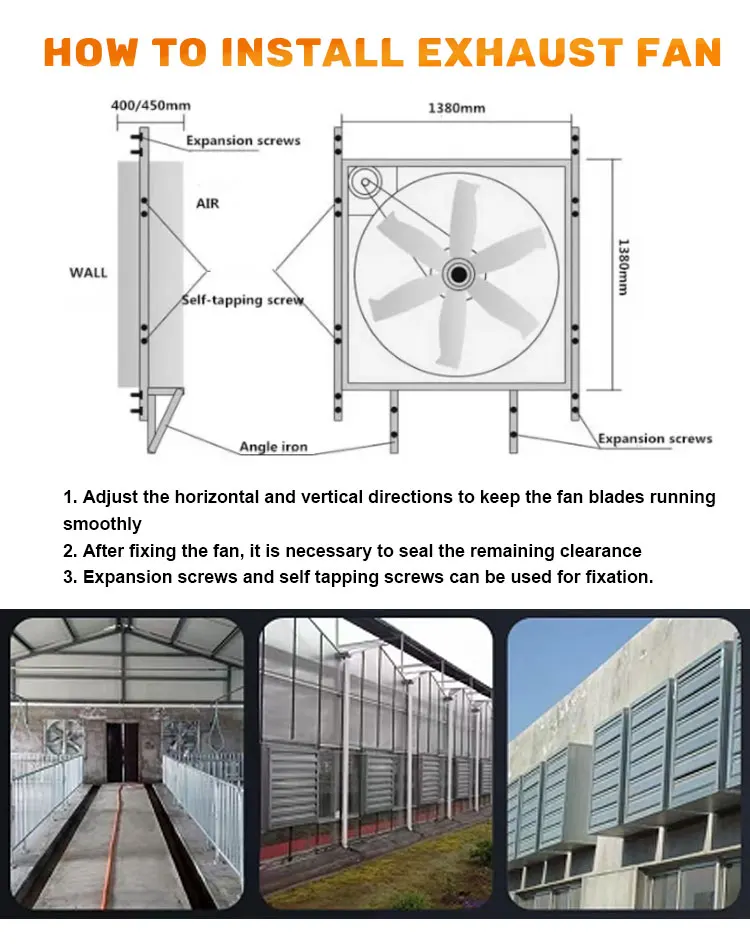Cages for Poultry Farming - Optimal Comfort and Efficiency for Your Flock
Sep . 15, 2024 19:32 Back to list
Cages for Poultry Farming - Optimal Comfort and Efficiency for Your Flock
Cages for Poultry Farming Enhancing Efficiency and Welfare
Poultry farming has evolved significantly over the years, with cage systems being at the forefront of this transformation
. Cages for poultry farming serve multiple purposes, primarily aimed at enhancing production efficiency while ensuring the welfare of the birds.The primary advantage of cage systems is their ability to maximize space utilization. In traditional free-range systems, the availability of land can limit the number of birds that can be raised. However, with the introduction of cages, farmers can house a considerably higher number of poultry within a smaller footprint. This is particularly beneficial in areas where land is scarce or expensive. Moreover, cage systems facilitate easier management and monitoring of the flock, allowing farmers to implement feed and water distribution systems more efficiently.
Another significant benefit of cage farming is the reduction in disease transmission. By isolating birds in individual cages, the risk of infectious diseases spreading among them decreases. This isolation makes it easier for farmers to identify and manage sick birds, consequently reducing mortality rates within flocks. Healthier birds not only lead to increased productivity but also improve the overall quality of poultry products, such as eggs and meat.
cages for poultry farming

However, the welfare of poultry in cage systems has come under scrutiny. Critics argue that confinement can lead to stress and unnatural behaviors in birds. This has prompted the development of enriched cages, which provide birds with more space and facilities to exhibit natural behaviors, such as nesting and scratching. These improvements aim to strike a balance between production efficiency and animal welfare, addressing some of the ethical concerns surrounding conventional cage systems.
Furthermore, innovations in cage design and management practices have made it possible to automate various processes in poultry farming. Automated feeding, egg collection, and climate control systems contribute to better living conditions for the birds while also increasing operational efficiency. With these advancements, farmers can focus on monitoring the health and well-being of their flocks, implementing changes based on real-time data and observations.
In conclusion, cages for poultry farming represent a significant evolution in the industry, offering numerous advantages in terms of space utilization, disease control, and management efficiency. While there are concerns related to animal welfare, the shift towards enriched cage systems and innovative management practices illustrates a commitment to improving conditions for poultry while meeting the global demand for affordable and high-quality protein sources. As the industry continues to evolve, the focus will remain on creating sustainable practices that benefit both farmers and their flocks.
-
Hot Sale 24 & 18 Door Rabbit Cages - Premium Breeding Solutions
NewsJul.25,2025
-
Automatic Feeding Line System Pan Feeder Nipple Drinker - Anping County Yize Metal Products Co., Ltd.
NewsJul.21,2025
-
Automatic Feeding Line System Pan Feeder Nipple Drinker - Anping County Yize Metal Products Co., Ltd.
NewsJul.21,2025
-
Automatic Feeding Line System - Anping Yize | Precision & Nipple
NewsJul.21,2025
-
Automatic Feeding Line System - Anping Yize | Precision & Nipple
NewsJul.21,2025
-
Automatic Feeding Line System-Anping County Yize Metal Products Co., Ltd.|Efficient Feed Distribution&Customized Animal Farming Solutions
NewsJul.21,2025






